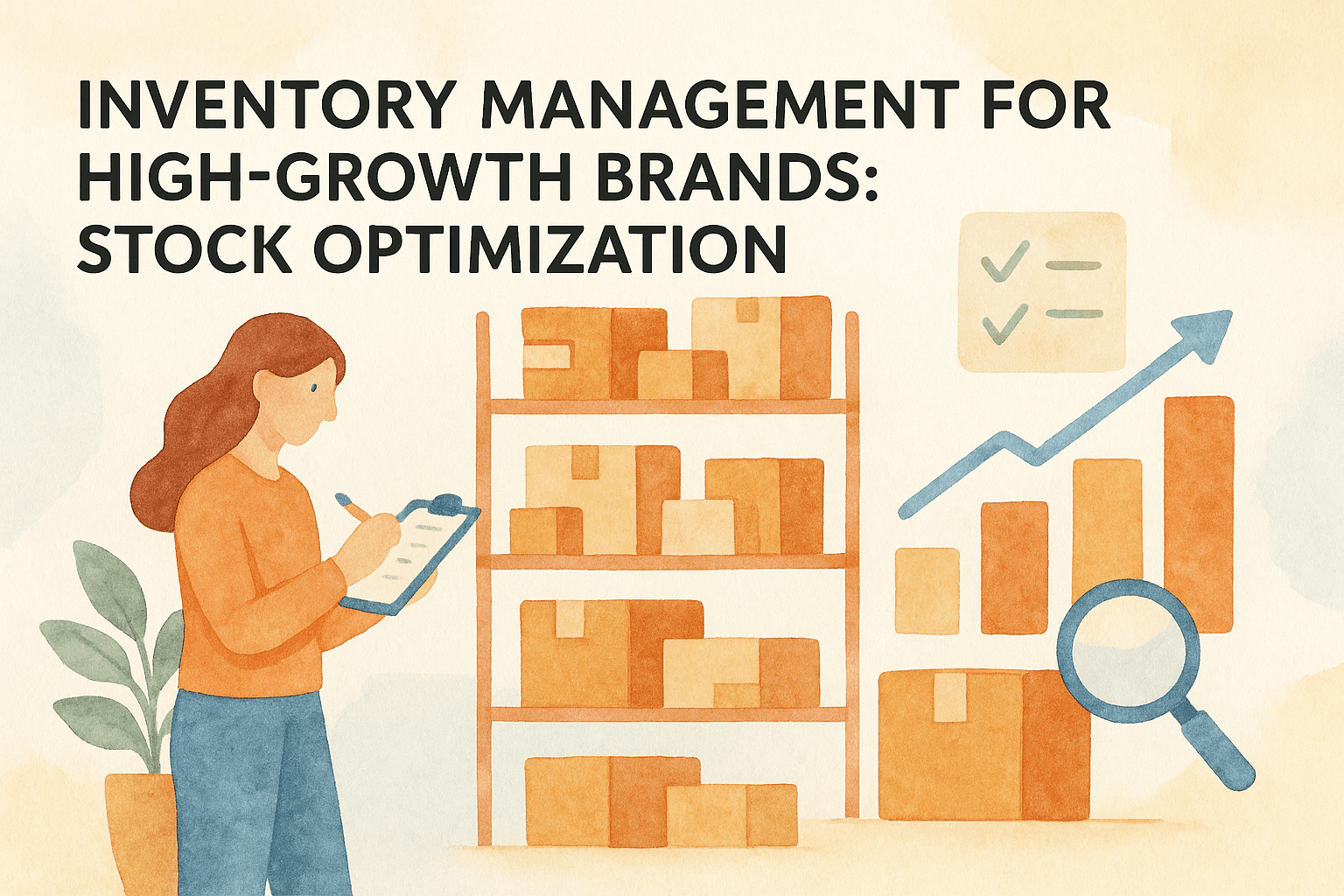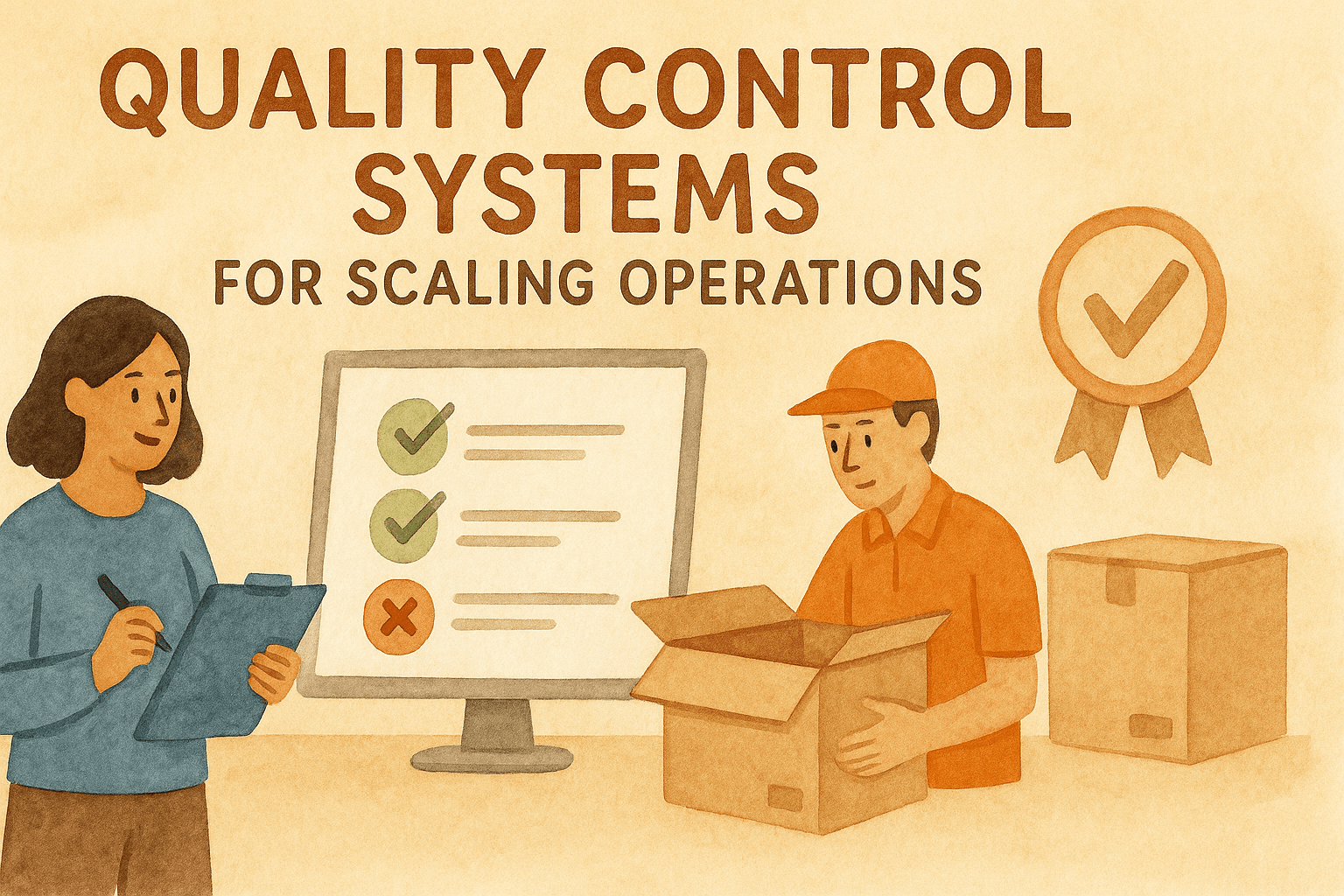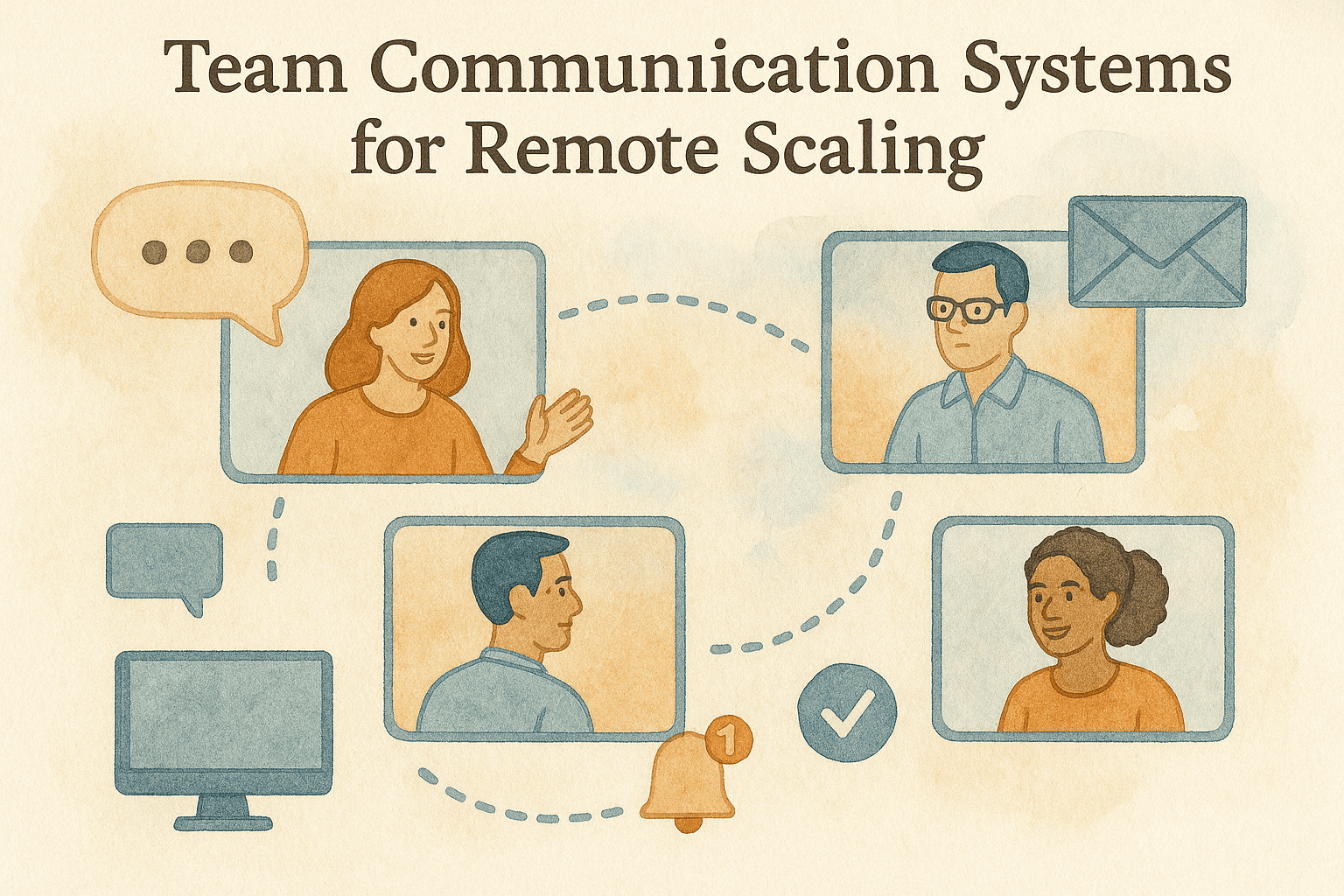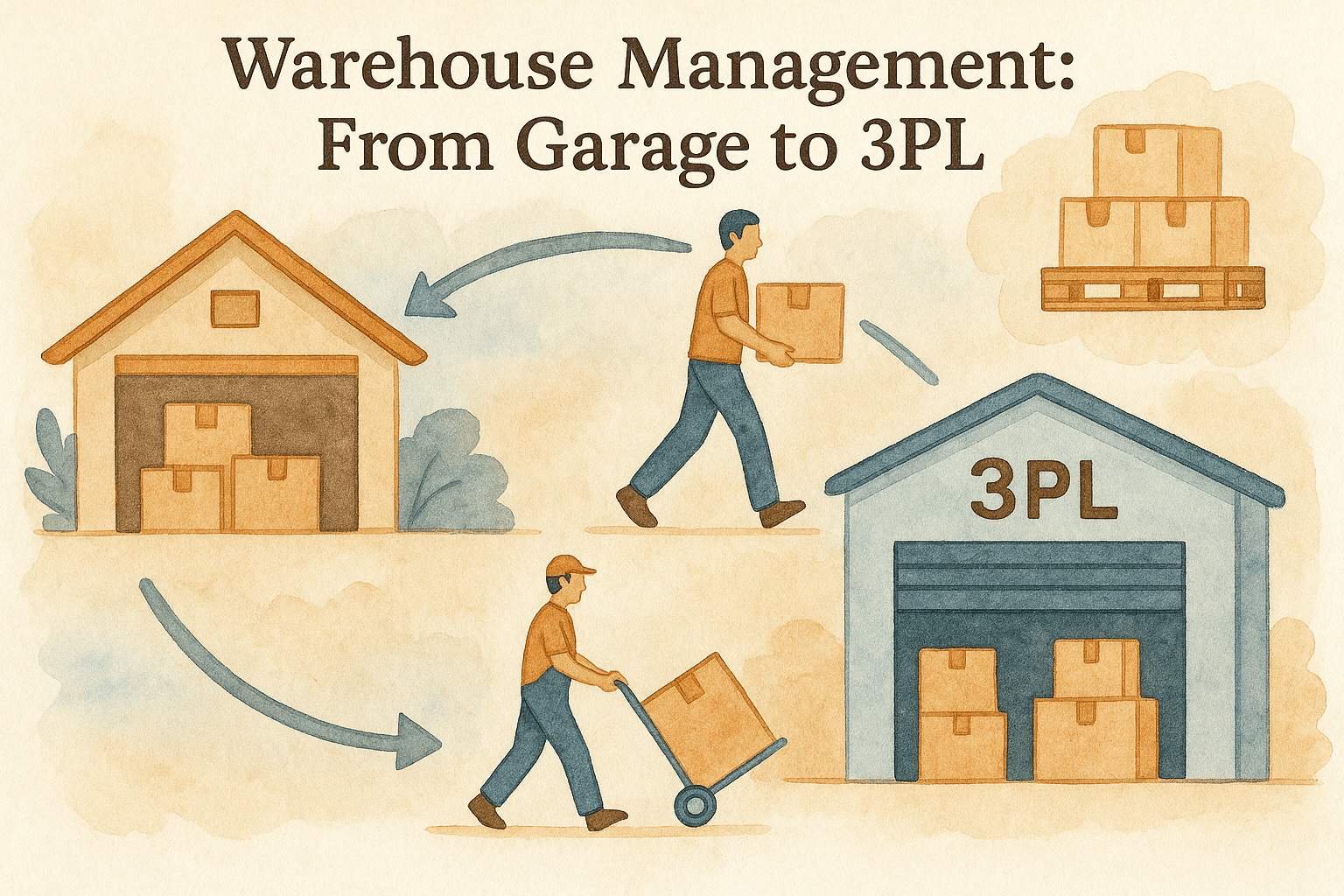Customer Service Scaling: From 100 to 10,000 Orders Monthly
Updated:
January 22, 2025
15 minutes
Why Customer Service Breaks at 1,000+ Monthly Orders
The transition from handling 100 orders monthly to 1,000+ orders creates a customer service crisis that can destroy brand reputation and customer lifetime value. At 100 orders monthly, founders can personally handle customer inquiries with individual attention and custom solutions. At 1,000+ orders monthly, this personal approach becomes impossible, requiring systematic processes and scalable solutions that maintain quality while handling volume.
The customer service scaling crisis manifests in three critical areas that damage business growth. First, response time degradation where customers wait days instead of hours for responses, leading to negative reviews and reduced customer satisfaction scores. Second, inconsistent service quality where different team members provide conflicting information or solutions, creating customer confusion and brand reputation damage. Third, escalating service costs where customer service expenses grow faster than revenue, turning customer service from a manageable expense into a profit-draining operation.
Our analysis of 150+ scaling eCommerce businesses reveals that customer service complexity increases exponentially with order volume, but successful businesses maintain consistent service quality through systematic approaches that can handle 10x volume increases without proportional cost increases. The businesses that master customer service scaling typically achieve 25-40% higher customer lifetime values and 50-70% lower customer acquisition costs through improved retention and referral rates.
The Hidden Costs of Poor Customer Service Scaling
Poor customer service scaling creates hidden costs that extend far beyond direct service expenses. Each negative customer experience typically reduces customer lifetime value by 30-50% through reduced repeat purchase rates and negative word-of-mouth that affects new customer acquisition. A single negative review can impact conversion rates for hundreds of potential customers, with the average negative review reducing conversion rates by 2-5% for 6-12 months.
Customer service failures during scaling phases often create operational inefficiencies that compound over time. Unresolved customer issues require multiple touchpoints, escalations, and management intervention that can consume 5-10x more resources than properly handled initial inquiries. These inefficiencies create team burnout, high turnover rates, and training costs that further degrade service quality.
The most damaging aspect of customer service scaling failures is the opportunity cost of lost customer relationships. High-value customers who experience poor service often become vocal critics who actively discourage others from purchasing, creating negative marketing effects that can persist for years. Conversely, excellent customer service during scaling phases creates brand advocates who drive organic growth through referrals and positive reviews.
Building Scalable Customer Service Workflows
Scalable customer service requires systematic workflows that can handle common inquiries efficiently while providing escalation paths for complex issues. The foundation of scalable service includes inquiry categorization systems that route different types of requests to appropriate team members with relevant expertise and authority levels.
Standard operating procedures for common inquiries enable consistent, efficient responses regardless of which team member handles the request. These procedures should include response templates, decision trees, and escalation criteria that ensure quality while minimizing response time. The most effective procedures include customer communication scripts that maintain brand voice while providing clear, helpful information.
Advanced workflow systems include automated routing based on inquiry type, customer value, and complexity level. High-value customers receive priority routing to senior team members, while simple inquiries are handled through automated systems or junior team members. This tiered approach optimizes resource allocation while ensuring appropriate service levels for different customer segments.
Knowledge Management Systems That Scale
Comprehensive knowledge management becomes critical as product lines expand and service teams grow. Centralized knowledge bases provide consistent information access for all team members, reducing training time and ensuring accurate responses across all customer interactions. These systems should include product information, policy details, troubleshooting guides, and escalation procedures that enable team members to handle inquiries independently.
Self-service knowledge bases reduce inquiry volume while improving customer satisfaction for customers who prefer independent problem-solving. Well-designed self-service systems can handle 30-50% of common inquiries without human intervention, dramatically reducing service costs while providing 24/7 availability that improves customer experience.
Advanced knowledge management includes analytics that identify knowledge gaps, frequently asked questions, and areas where additional documentation or process improvement can reduce inquiry volume. This continuous improvement approach ensures knowledge bases remain current and comprehensive as products and policies evolve.
The most sophisticated knowledge systems include AI-powered search capabilities that help both customers and service team members find relevant information quickly, reducing resolution time and improving accuracy across all customer interactions.
Customer Service Platform Selection and Implementation
Scalable customer service requires technology platforms that can handle volume growth while providing the features necessary for efficient operations. Basic email-based systems fail when handling hundreds of daily inquiries across multiple channels including email, chat, social media, and phone support.
Integrated customer service platforms provide unified inbox capabilities that consolidate all customer communications into single workflows, enabling team members to handle inquiries efficiently regardless of communication channel. These platforms should include automated routing, response templates, and performance tracking that optimize operations while maintaining service quality.
Advanced platforms include customer history integration that provides complete context for each inquiry, enabling personalized service without requiring customers to repeat information. This integration should include order history, previous inquiries, and customer preferences that enable efficient, personalized responses.
Automation and AI Integration
Strategic automation reduces manual effort while improving response consistency and availability. Automated responses for common inquiries can provide immediate acknowledgment and basic information while routing complex issues to appropriate team members. This approach improves customer satisfaction through immediate response while optimizing team productivity.
Chatbot integration can handle simple inquiries, provide order status updates, and collect initial information for complex issues before routing to human agents. Well-implemented chatbots can resolve 40-60% of simple inquiries without human intervention while improving customer experience through immediate availability.
AI-powered sentiment analysis can identify frustrated or high-value customers for priority routing, ensuring that potentially damaging situations receive immediate attention from senior team members. This proactive approach prevents negative experiences from escalating while optimizing resource allocation.
Advanced automation includes predictive analytics that identify customers likely to have issues based on order patterns, product types, or historical data, enabling proactive outreach that prevents problems before they occur.
Hiring and Training Strategies for Scale
Building scalable customer service teams requires systematic hiring processes that identify candidates with the skills and temperament necessary for excellent customer service. This includes communication skills, problem-solving abilities, and emotional intelligence that enable positive customer interactions even during challenging situations.
Comprehensive training programs ensure consistent service quality as teams grow. These programs should include product knowledge, company policies, communication skills, and system training that enable new team members to handle inquiries independently within 2-3 weeks. Ongoing training ensures team members stay current with product updates, policy changes, and best practices.
Advanced training includes scenario-based exercises that prepare team members for complex or unusual situations, role-playing that develops communication skills, and cross-training that enables flexibility during peak periods or staff absences.
Performance Management and Quality Assurance
Systematic performance management ensures service quality remains consistent as teams grow and handle increasing volume. Key performance indicators should include response time, resolution rate, customer satisfaction scores, and quality metrics that provide comprehensive visibility into individual and team performance.
Quality assurance programs include regular review of customer interactions, feedback collection, and coaching that helps team members improve their skills continuously. These programs should focus on positive reinforcement and skill development rather than punitive measures that create stress and turnover.
Advanced performance management includes customer feedback integration that provides direct input on service quality, peer review systems that encourage knowledge sharing and collaboration, and recognition programs that reward excellent service and encourage continuous improvement.
The most effective performance systems include career development paths that provide advancement opportunities within customer service or transitions to other departments, reducing turnover while building institutional knowledge and expertise.
Transforming Service from Cost to Revenue Driver
Excellent customer service becomes a competitive advantage that drives revenue growth through improved customer retention, increased order values, and positive word-of-mouth marketing. Businesses that view customer service as a profit center rather than a cost center typically achieve 20-30% higher profitability through improved customer lifetime values.
Upselling and cross-selling integration within customer service interactions can increase average order values while providing additional value to customers. Service team members trained in consultative selling can identify opportunities to recommend complementary products or upgrades that enhance customer satisfaction while increasing revenue.
Advanced service strategies include proactive customer outreach for order follow-up, product education, and satisfaction surveys that demonstrate care while identifying opportunities for additional sales or service improvements.
Measuring Customer Service ROI
Comprehensive measurement systems track the financial impact of customer service investments, including customer lifetime value improvements, retention rate increases, and referral generation that directly impact revenue growth. These measurements justify service investments while identifying areas for optimization and improvement.
Customer satisfaction metrics should be linked to financial outcomes, demonstrating the connection between service quality and business results. This includes tracking how service improvements affect repeat purchase rates, average order values, and customer acquisition costs through referrals.
Advanced measurement includes attribution analysis that identifies which service improvements generate the highest ROI, enabling strategic investment in areas that provide maximum business impact while optimizing service costs and efficiency.
Conclusion: Building Service Excellence for Sustainable Growth
Customer service excellence becomes a sustainable competitive advantage that supports long-term growth through superior customer relationships and operational efficiency. The businesses that master customer service scaling typically achieve higher customer lifetime values, lower acquisition costs, and stronger brand reputations that enable premium pricing and market leadership.
The key to service excellence lies in systematic approaches that can handle volume growth while maintaining quality and efficiency. This includes scalable processes, integrated technology platforms, well-trained teams, and measurement systems that ensure continuous improvement and optimization.
Don't let customer service become the bottleneck that limits your growth or damages your brand reputation. Implement these systematic approaches now to build the service excellence that will differentiate your business and drive sustainable growth.



